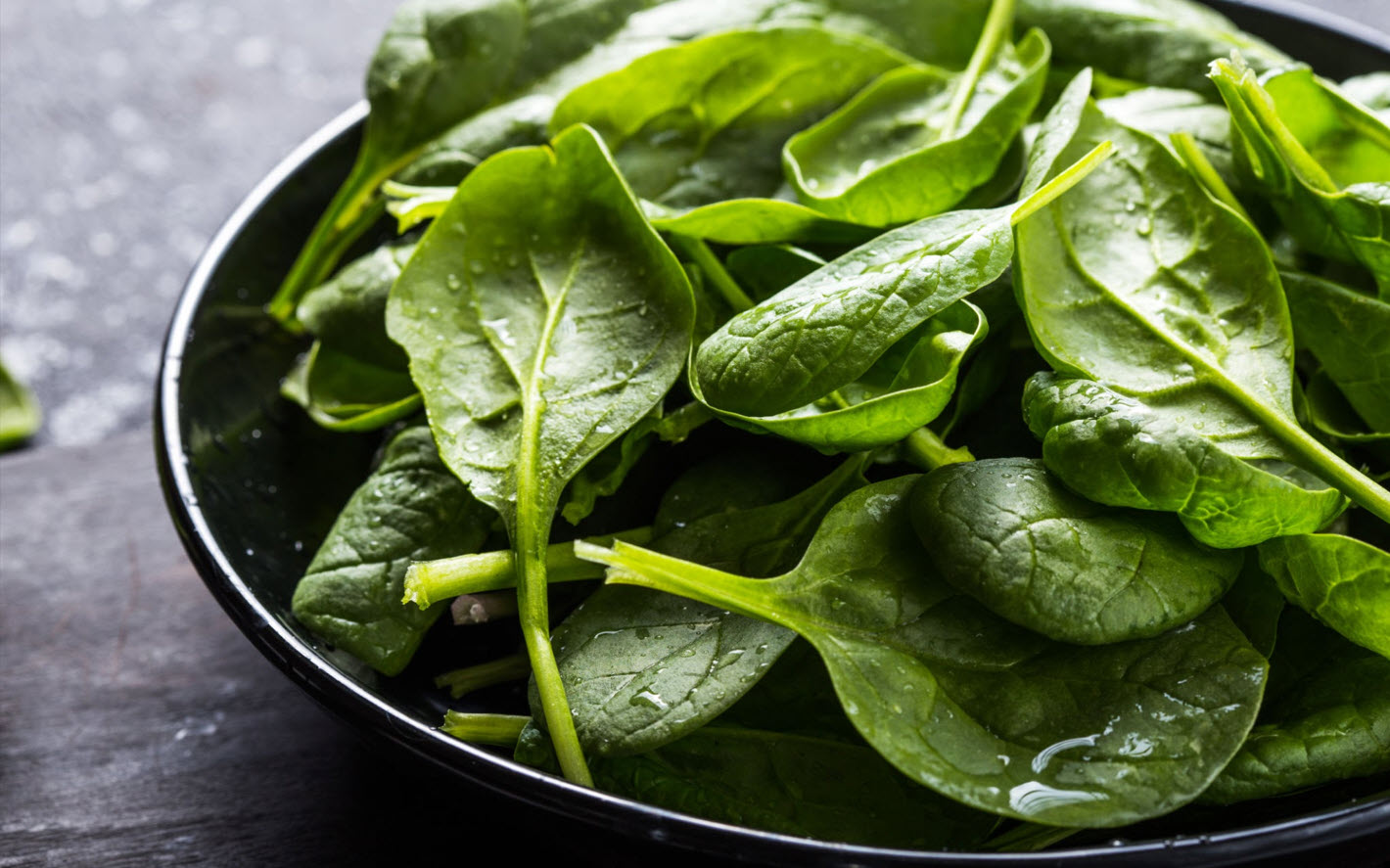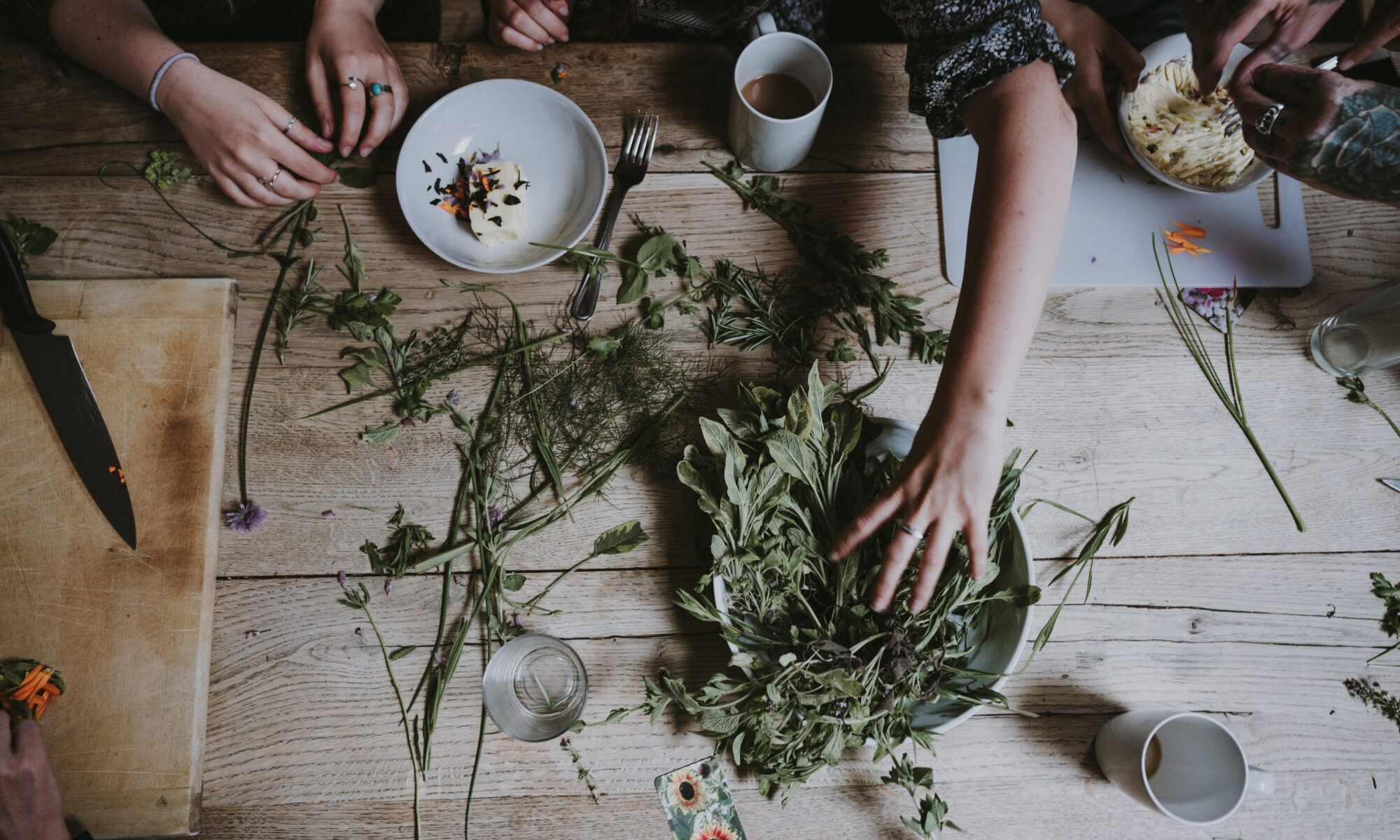Tinospora is not a household name. In fact, even if you’re an herbalist, you may not have ever heard of tinospora.
But I read widely in the medical, scientific, and botanical literature, and I’ve been very impressed by what I’ve learned about the healing properties of tinospora.






